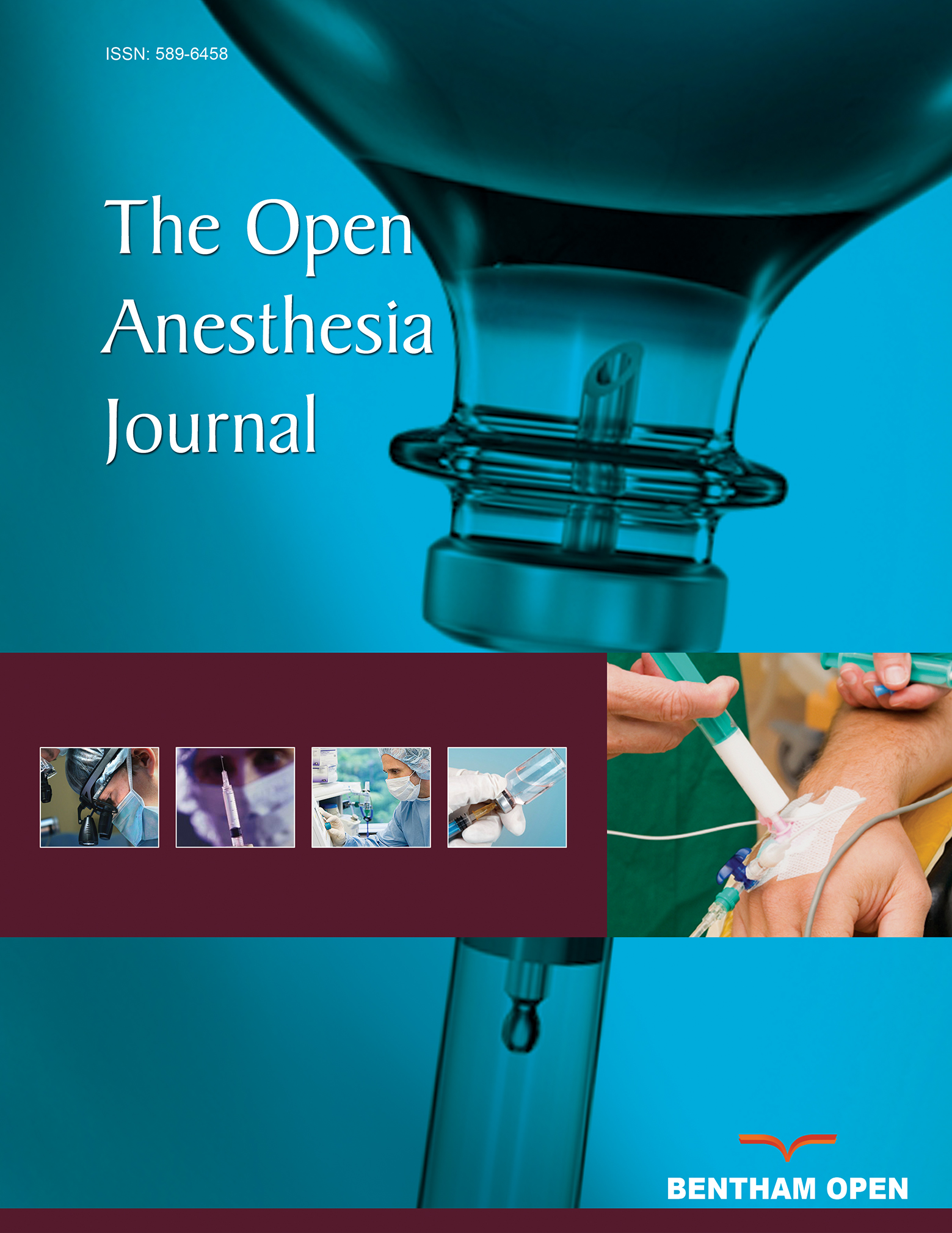All published articles of this journal are available on ScienceDirect.
Mixed Reality versus Mass or Self-directed Training for Adolescents’ Basic Life Support Instruction: A Prospective, Randomized Pilot Study
Abstract
Background:
There is limited information about adolescents' Basic-Life-Support (BLS) training.
Objectives:
In this study, adolescents' BLS training proficiency and knowledge retention of the Mixed Reality (MR), Mass-Training (MT), and Self-Directed Learning (SDL) methods were prospectively compared, following the training-outcomes levels-model classification.
Methods:
First-year secondary-school students were randomized into the MR, MT, and SDL groups, and after baseline evaluation, at T0, they received congruent BLS theoretical and Cardiopulmonary-Resuscitation (CPR) training. Knowledge, skills retention, and trainees' training-activity self-evaluation were evaluated utilizing ten (knowledge) and five-items (self-evaluation) questionnaires, a BLS-sequence checklist, and chest compressions recording mannequin one and three months after T0. We used the Kruskal-Wallis test for median comparison.
Results:
At all times, the MR group knowledge answers' median (≥6/10) was significantly higher (p<0.05) than groups MT and SDL (≤6/10), with no significant differences between the latter. The MR CPR skills and BLS checklist acquisition and retention were significantly superior (p<0.05) to the other groups; the SDL group showed limited results. Hands position and chest recoil showed excellent outcomes in all groups and at all times. At all times, trainees positively evaluated the BLS-training importance. Pre-training low self-confidence in BLS practice improved over time, yet not significantly, in group MT. The trainees' majority (62%) preferred the MR method.
Conclusion:
In an adolescent cohort, MR methods' BLS/CPR knowledge and skills acquisition and retention were comparable, if not better, than the MT method and superior to the SDL one. Future multicenter randomized and controlled studies with larger sample sizes and more limited instructor-to-participant ratios are warranted to generalize findings.


